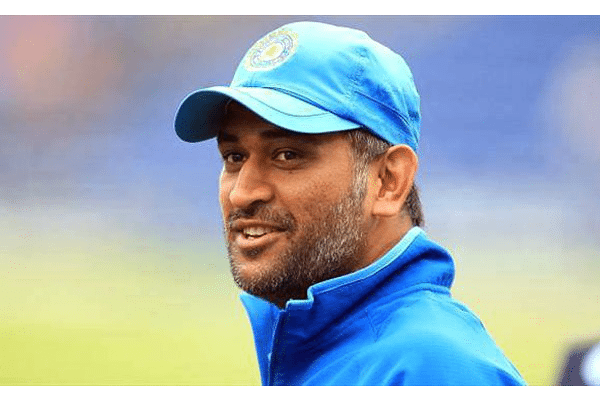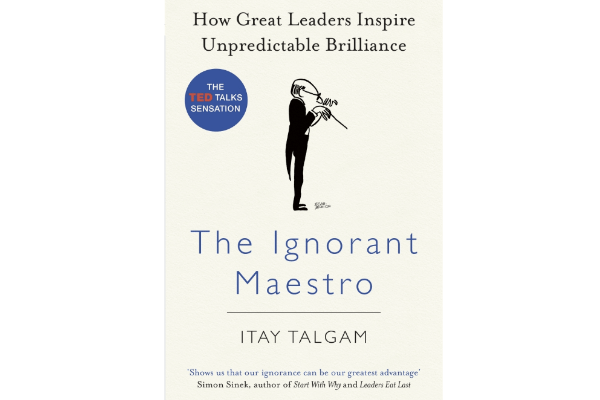A masterclass in calm confidence, courage, and building others up
When MS Dhoni announced his retirement from limited-overs cricket, it felt like the end of an era. For many of us who have followed Indian cricket closely, his exit marked more than just a change in captaincy. It was the closing of a leadership chapter that reshaped how we think about teams, results, and resilience.
I have always believed that leadership is best observed in action, not in theory. And Dhoni gave us a lesson each time he stepped on the field. Whether it was in a crunch moment during a World Cup match or in how he dealt with criticism, there was always something to learn.
Looking back, here are five leadership lessons I have taken from Captain Cool. These are lessons that have shaped the way I lead, both professionally and personally.
1. Great Leaders Take Smart Risks
Table of Contents
Think back to the 2011 ICC World Cup final. India had lost a couple of early wickets. The pressure was intense. And instead of sending Yuvraj Singh, who was in great form, Dhoni walked in to bat.
It was a bold decision. It went against common expectations. But Dhoni played through the innings and finished the match with a six that made history.
That was not his only high-stakes call. He trusted Joginder Sharma to bowl the final over in the 2007 T20 World Cup. He backed Ishant Sharma in the 2013 Champions Trophy final. These decisions may have seemed risky, but they were calculated, and they worked.
My reflection: As a leader, I often find myself facing similar moments. Do I stick with what is safe, or try something new? Dhoni’s clarity under pressure reminds me that great leadership sometimes means trusting your gut, even when it feels uncomfortable.
Takeaway: Bold decisions build trust and momentum when they are based on insight, not impulse.
2. Learn by Doing, Not Just by Studying
Dhoni once said, “I don’t study cricket too much. Whatever I have learned or experienced is through the cricket I have played.”
He learned by being in the moment. By noticing patterns. By adjusting quickly. This is what experiential learning looks like in real life.
What stood out to me was how he kept improving with each match. His knowledge came from reflection, repetition, and relentless attention to detail.
My reflection: In the workplace, we sometimes fall into the trap of over-planning. Dhoni’s approach reminds me to prototype, to test, to iterate. Even in training and development, doing creates deeper learning than just listening or reading.
Takeaway: Real growth happens through action. Keep showing up. Keep refining.
Also Read: Blended Learning Journeys: Making Learning Stick
3. Believe in People, Especially When They Are Struggling
When Virat Kohli was still finding his rhythm, there were calls to drop him. But Dhoni backed him. He gave him space to fail, time to adjust, and opportunities to bounce back.
Years later, Kohli openly acknowledged that Dhoni’s faith in him made all the difference. The same story played out with players like Rohit Sharma, Jadeja, and even Raina. Dhoni spotted potential before it turned into performance.
My reflection: In every team, there will be moments when someone is not delivering. It is tempting to move on. But Dhoni’s leadership reminds me that belief can be transformative. A well-timed conversation or vote of confidence can change someone’s career path.
Learn more: How experiential team-building builds deeper trust
Takeaway: Great leaders do not just evaluate performance. They nurture potential.
4. Stay Calm When Things Go Wrong
Whether it was a World Cup final or a team caught in an IPL controversy, Dhoni rarely lost his composure. He was known as “Captain Cool” for a reason.
This calmness was not passive. It was deliberate. It allowed his team to stay focused. It allowed him to think clearly. And it kept the noise out when the stakes were high.
Even during the rough IPL seasons, when Chennai Super Kings faced external pressure, Dhoni remained composed. His steadiness helped his team stay grounded and deliver results on the field.
My reflection: As someone who works with teams and leaders, I have seen how contagious a leader’s energy can be. When I remain calm, my team thinks more clearly. When I panic, it spreads. Dhoni’s composure has become a mental anchor I return to in high-stakes situations.
Takeaway: Emotional balance is not a luxury for leaders. It is a responsibility.
5. Share the Credit, Take the Blame
This, more than anything else, defines Dhoni for me. When India won, he gave credit to his team. When they lost, he took the blame. He celebrated quietly and owned losses publicly.
That humility allowed players to grow. It allowed legends and newcomers alike to trust him.
Sachin Tendulkar once said, “He is the best captain I have played under.” That quote stayed with me. Not just because it came from a cricket icon, but because it captures what true leadership looks like.
My reflection: In team settings, humility fosters trust. When we stop needing the spotlight, others step up. And when we admit our mistakes, others feel safe doing the same.
Takeaway: You do not need to be the loudest voice in the room to be the most respected.
Also Read: 5 Elements of Storytelling: Sharing your leadership voice
What Dhoni’s Legacy Means to Me
Watching Dhoni over the years has changed how I think about leadership.
It has taught me that confidence is quiet, preparation is invisible, and the best leaders lift others even when no one is watching.
In our daily workplace reality, we often chase deadlines, targets, and visibility. Dhoni reminds me that true leadership is about presence. It is about how you show up, how you respond, and how you help others succeed.
Whether you are leading a project, managing a team, or simply mentoring a colleague, these lessons apply. You may not lift a World Cup, but you can create a culture that helps your team play their best game.










